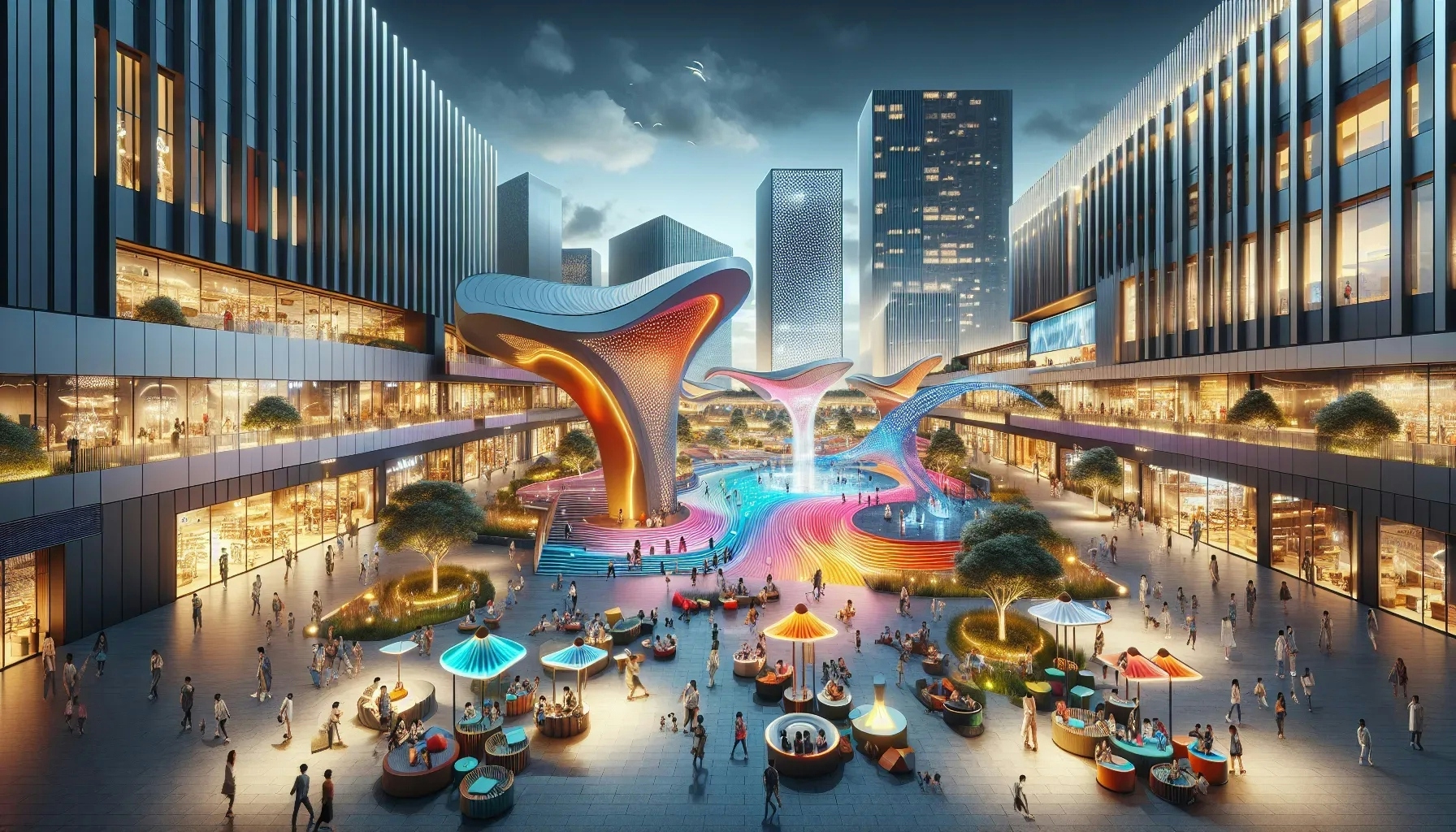How is User Feedback Incorporated into Public Building Designs?
Architect Today

How is User Feedback Incorporated into Public Building Designs?
Exploring the dynamic relationship between public spaces and those who use them, we've gathered insights starting with a Lead Interior Designer who emphasizes the importance of engaging the community through workshops. Alongside expert perspectives, we've also compiled additional answers that reflect the diverse ways feedback can shape our environments. From the initial engagement of community workshops to the final touches informed by interactive models, discover how user feedback is integral to the design process.
- Engage Community Through Workshops
- Transform Spaces with Local Insights
- Analyze Community Survey Responses
- Refine Designs with Feedback Loops
- Influence Aesthetics at Public Forums
- Conduct Usability Tests for Layout
- Utilize Interactive Models for Design
Engage Community Through Workshops
Incorporating user feedback into public building designs is a critical aspect of creating spaces that are not only aesthetically pleasing but also functional and user-friendly. At Omni Home Ideas, one approach we've utilized is engaging with community members through workshops and surveys during the early stages of design.
For example, in the redesign of a local library, we incorporated feedback regarding the need for more natural lighting and comfortable reading areas. This led to the implementation of large windows and versatile seating arrangements, enhancing the overall user experience. It's essential to remember that the users of public spaces are the best source of information on how these spaces serve their needs. Hence, their input is invaluable in shaping designs that are both innovative and practical.

Transform Spaces with Local Insights
We were asked to work on a local community center. We completely transformed it, thanks to listening to the locals. Extensive surveys and focus groups revealed desires for flexible spaces, better accessibility, and modern amenities.
Picture modular furniture and movable walls—perfect for anything from dance classes to game nights. Ramps, wider doorways, and accessible restrooms ensured everyone could join the fun.
We kept everyone in the loop, sharing updates and gathering feedback, fostering a real sense of community ownership. The result? A vibrant hub buzzing with activity, reflecting the diverse needs and dreams of the people who use it. Now that's what I call user-centric design!

Analyze Community Survey Responses
To incorporate user feedback into the design of public buildings, architects often employ surveys to gather a wide range of opinions. These surveys aim to understand the community's needs and preferences regarding the new structure. The responses are then analyzed to identify common themes.
With this data in hand, architects make informed decisions to ensure the building will serve its intended purpose effectively. If you have ever been asked to complete such a survey, know that your input could shape the future skyline of your community. Share your opinion the next time a survey comes your way!
Refine Designs with Feedback Loops
During the planning stages of a public building, a feedback loop can play a critical role. This process involves presenting initial plans to a group of users and then revising those plans based on their input. It is a cyclical process that can happen multiple times to refine the building's design.
This method helps ensure that the final structure is both functional and well-received by its intended users. To participate in this important process, look out for community planning meetings where your voice can make a difference.
Influence Aesthetics at Public Forums
Public forums provide a platform for individuals to voice their thoughts on the proposed designs of public buildings. These forums can have a significant impact on the structure's aesthetics, as community members share their cultural, historical, and social preferences.
Feedback collected from these discussions directly informs the visual elements of a building, giving it a form that resonates with the locality. When a public forum is announced, consider attending to have your say on the look and feel of potential new landmarks in your area.
Conduct Usability Tests for Layout
Usability tests are a practical method used to influence the spatial layout of public buildings. In these tests, individuals interact with a space to identify design elements that work well and those that do not. The feedback gathered is crucial in creating a building that is not only visually appealing but also functional and accessible to all.
Such tests help in making informed decisions about room sizes, corridor widths, and the overall flow of movement within the building. If given the opportunity, participate in these usability tests to contribute to more user-friendly public spaces.
Utilize Interactive Models for Design
Interactive models are an innovative tool through which user critiques can directly impact the design of public buildings. These models, often digital, allow users to visualize and manipulate the building's features in real time. Any concerns or suggestions can be quickly incorporated into the design, allowing for a highly responsive design process.
This approach ensures the final building can efficiently adapt to the specific needs and desires of the community. Engage with these models when available, as your feedback can lead to a more tailored and inclusive public space.